Catherine (Katie) Laughlan, the only daughter of Catherine and Charles Laughlan of County Tipperary, was born in St. John’s. Very little of her early life is known, not even her date of birth. In 1868 she married John Walsh who had moved to St. John’s from his home in County Kilkenny, but her husband died at the age of 30 in 1870.
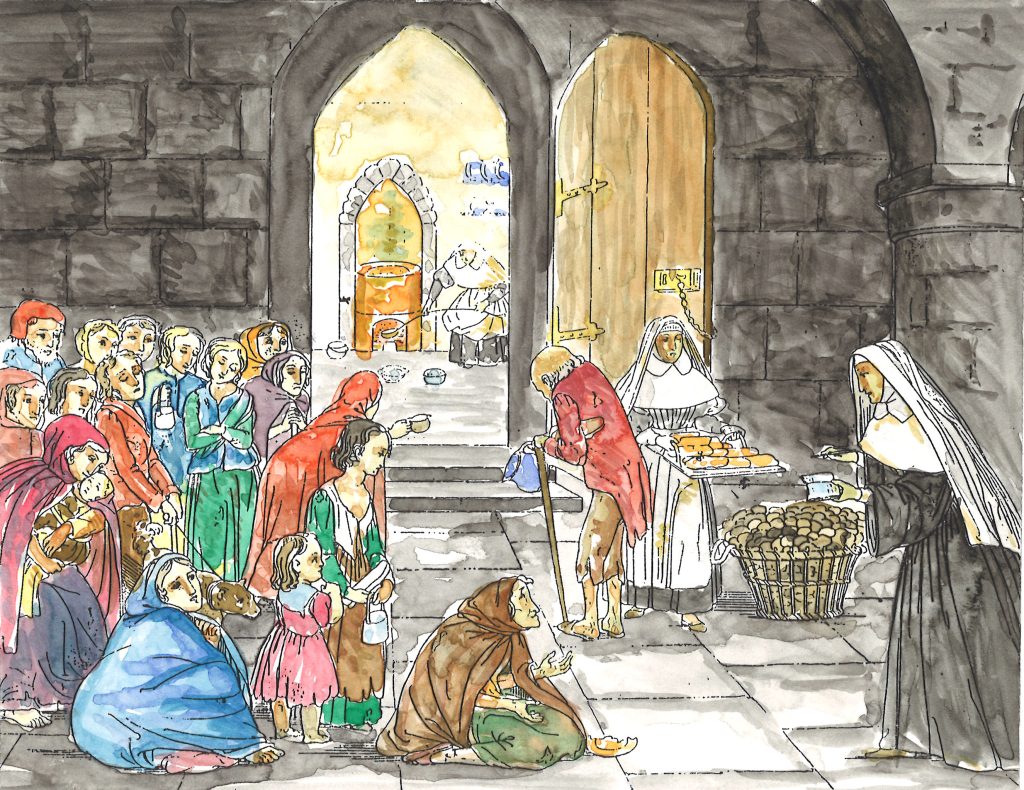 The following year Katie applied to enter the Sisters of Mercy. She was accepted as a postulant and at her Reception into the Novitiate was given the name Sister Mary Borgia. The community at Mercy Convent did not deem her strong enough to carry out the arduous duties of the Motherhouse and named her to the St. Lawrence community. She made Profession of Vows at St. Lawrence and remained therefor the rest of her life in generous, dedicated service to the community.
The following year Katie applied to enter the Sisters of Mercy. She was accepted as a postulant and at her Reception into the Novitiate was given the name Sister Mary Borgia. The community at Mercy Convent did not deem her strong enough to carry out the arduous duties of the Motherhouse and named her to the St. Lawrence community. She made Profession of Vows at St. Lawrence and remained therefor the rest of her life in generous, dedicated service to the community.
The early years of the Sisters of Mercy in St. Lawrence were difficult ones. Like the inhabitants of the town, they had barely enough to live on and their material comforts were meager. But the sisters were undaunted in their efforts to carry out the works of mercy to those in such terrible need.
When Sister M. Borgia’s brother, a prosperous St. John’s merchant, learned of the extreme poverty in which the sisters were living, conditions began to improve. Twice a year when a schooner went from St. Lawrence to St. John’s for supplies, he sent generous supplies of food, which provided not only for the sisters but for families in need. At his death in 1896 he left his entire fortune to his sister, who then donated it to the local community. Sister M. Borgia’s inheritance enabled the building of St. Anne’s School, the renovation of the convent and the construction of a parish church. Unfortunately, Sister M. Borgia died before the church was completed.
Sister M. Borgia is remembered as an exceptionally generous benefactor to the community and the parish of St. Lawrence. Her death on April 23,1901 left the whole community in mourning for this woman who had spent her whole religious life of thirty years living and ministering among them and sharing with them all she had received from her family.
Catherine (Katie) Laughlan, hija única de Catherine y Charles Laughlan del condado de Tipperary, nació en St. Se sabe muy poco de sus primeros años, ni siquiera su fecha de nacimiento. En 1868 se casó con John Walsh, que se había trasladado a St. John’s desde su hogar en el condado de Kilkenny, pero su marido murió a la edad de 30 años en 1870.
Al año siguiente, Katie solicitó ingresar en las Hermanas de la Misericordia. Fue aceptada como postulante y en su recepción en el noviciado recibió el nombre de Hermana Mary Borgia. La comunidad del Convento de la Misericordia no la consideró lo suficientemente fuerte como para llevar a cabo las arduas tareas de la Casa Madre y la destinó a la comunidad de San Lorenzo. Lawrence y permaneció allí el resto de su vida en generoso y dedicado servicio a la comunidad.
Los primeros años de las Hermanas de la Misericordia en San Lorenzo fueron difíciles. Al igual que los habitantes de la ciudad, apenas tenían para vivir y sus comodidades materiales eran escasas. Pero las Hermanas no cejaron en su empeño de llevar a cabo las obras de misericordia con los más necesitados.
Cuando el hermano de sor M. Borgia, un próspero comerciante de San Juan, se enteró de la extrema pobreza en la que vivían las hermanas, las condiciones empezaron a mejorar. Dos veces al año, cuando una goleta iba de San Lorenzo a San Juan en busca de provisiones, enviaba generosas provisiones de alimentos, que abastecían no sólo a las hermanas, sino también a las familias necesitadas. A su muerte, en 1896, dejó toda su fortuna a su hermana, que la donó a la comunidad local. La herencia de la hermana M. Borgia permitió la construcción de la escuela de Santa Ana, la renovación del convento y la construcción de una iglesia parroquial. Desgraciadamente, la hermana M. Borgia murió antes de que se terminara la iglesia.
La hermana M. Borgia es recordada como una benefactora excepcionalmente generosa con la comunidad y la parroquia de San Lorenzo. Su muerte, el 23 de abril de 1901, dejó a toda la comunidad de luto por esta mujer que había pasado toda su vida religiosa de treinta años viviendo y ejerciendo su ministerio entre ellos y compartiendo con ellos todo lo que había recibido de su familia.
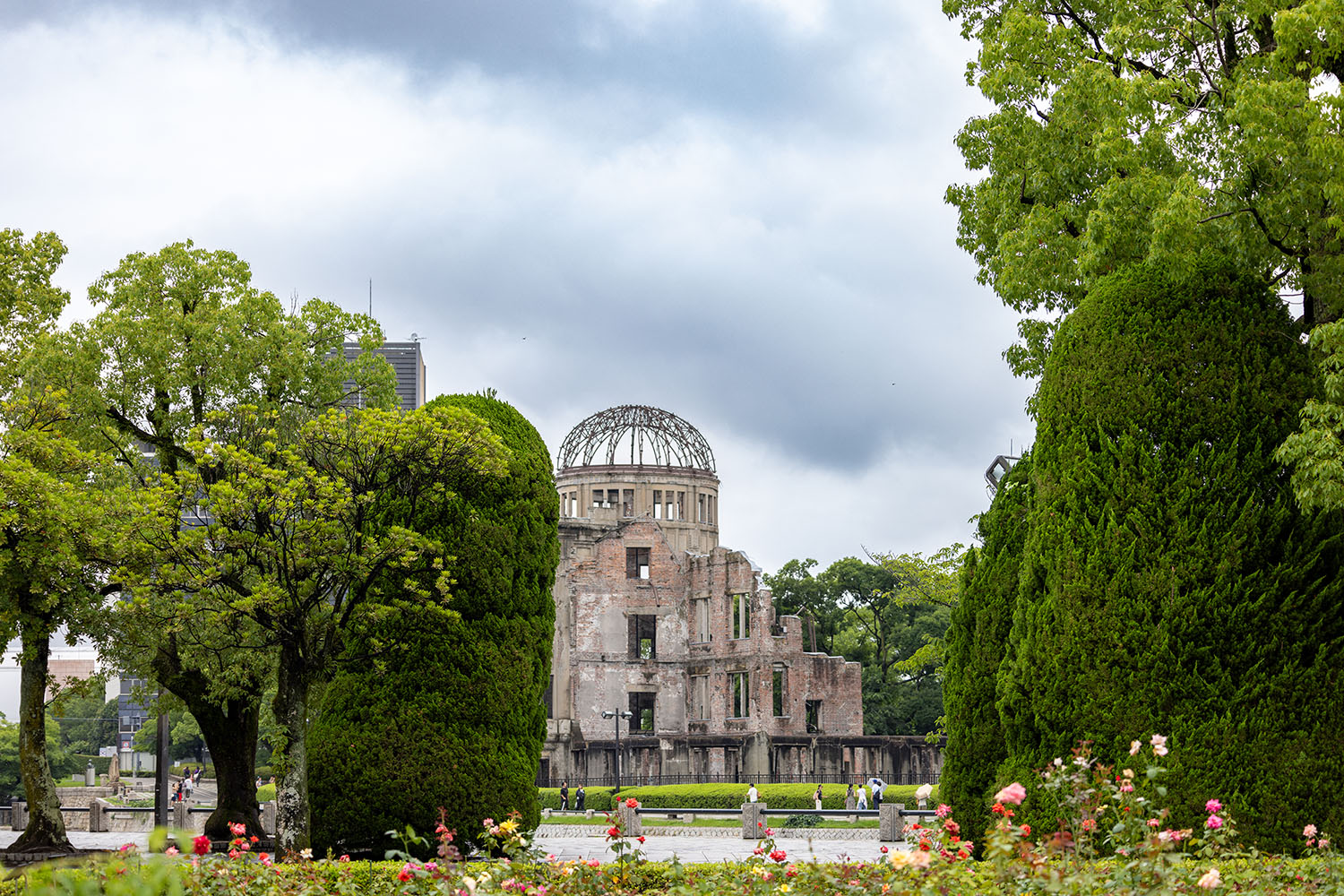


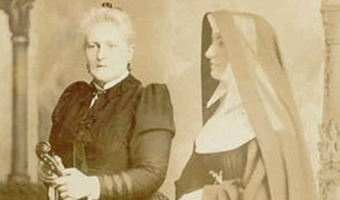

 Over the next several years she devoted herself to caring for her brother’s children and translating Greek and Latin classics. The Sisters of Mercy arrived in St. John’s in June of 1842 and sometime later that year she entered the community. The Presentation Archives noted that she had “at last found her true home.”
Over the next several years she devoted herself to caring for her brother’s children and translating Greek and Latin classics. The Sisters of Mercy arrived in St. John’s in June of 1842 and sometime later that year she entered the community. The Presentation Archives noted that she had “at last found her true home.”
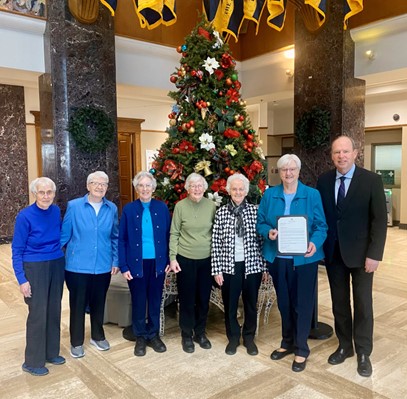
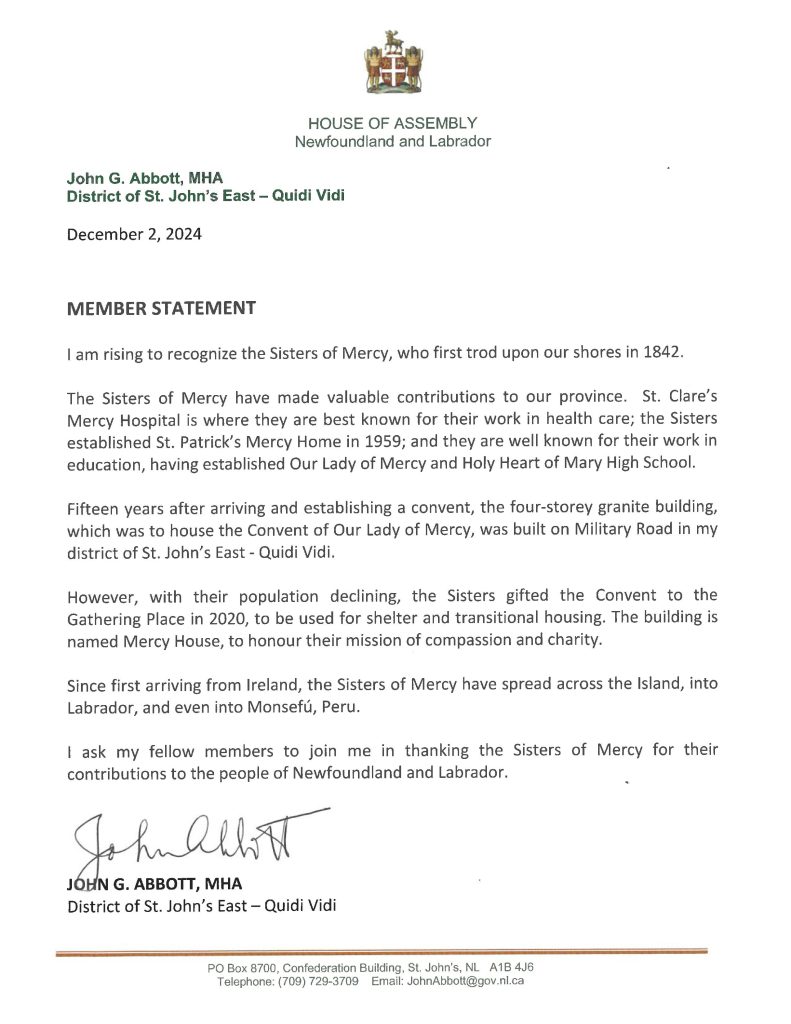
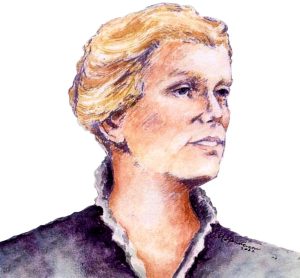 As a Mercy community,
As a Mercy community,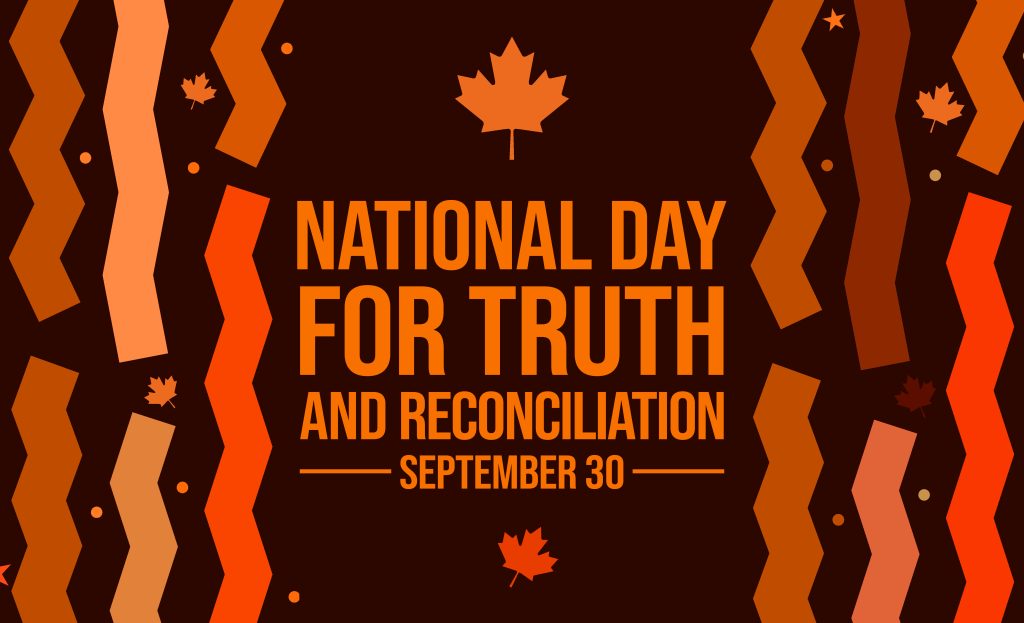 The day also honors the dignity, resilience and strength of survivors and intergenerational survivors, acknowledging the pain and suffering endured over the years.
The day also honors the dignity, resilience and strength of survivors and intergenerational survivors, acknowledging the pain and suffering endured over the years. The following year Katie applied to enter the Sisters of Mercy. She was accepted as a postulant and at her Reception into the Novitiate was given the name Sister Mary Borgia. The community at Mercy Convent did not deem her strong enough to carry out the arduous duties of the Motherhouse and named her to the St. Lawrence community. She made Profession of Vows at St. Lawrence and remained therefor the rest of her life in generous, dedicated service to the community.
The following year Katie applied to enter the Sisters of Mercy. She was accepted as a postulant and at her Reception into the Novitiate was given the name Sister Mary Borgia. The community at Mercy Convent did not deem her strong enough to carry out the arduous duties of the Motherhouse and named her to the St. Lawrence community. She made Profession of Vows at St. Lawrence and remained therefor the rest of her life in generous, dedicated service to the community.